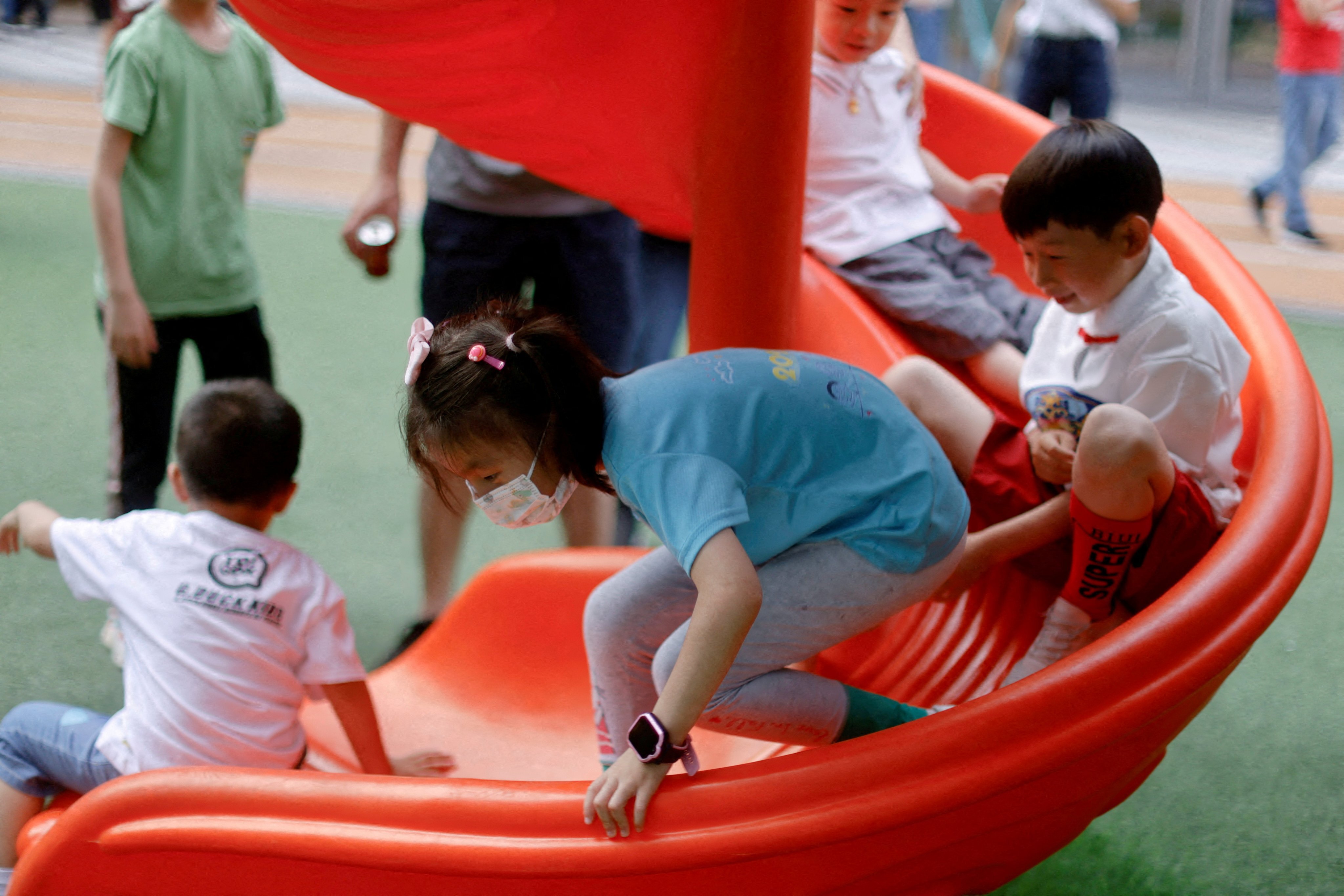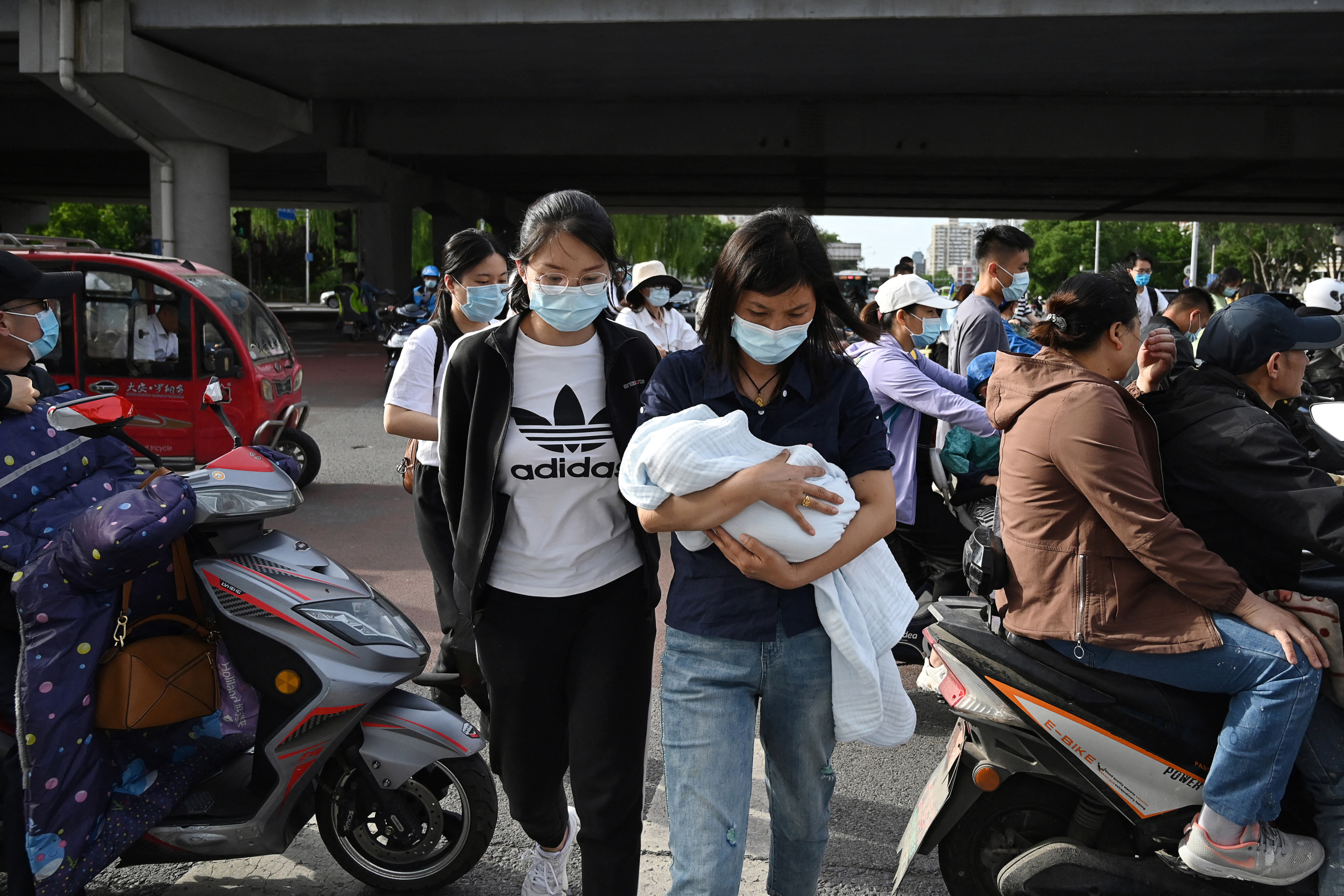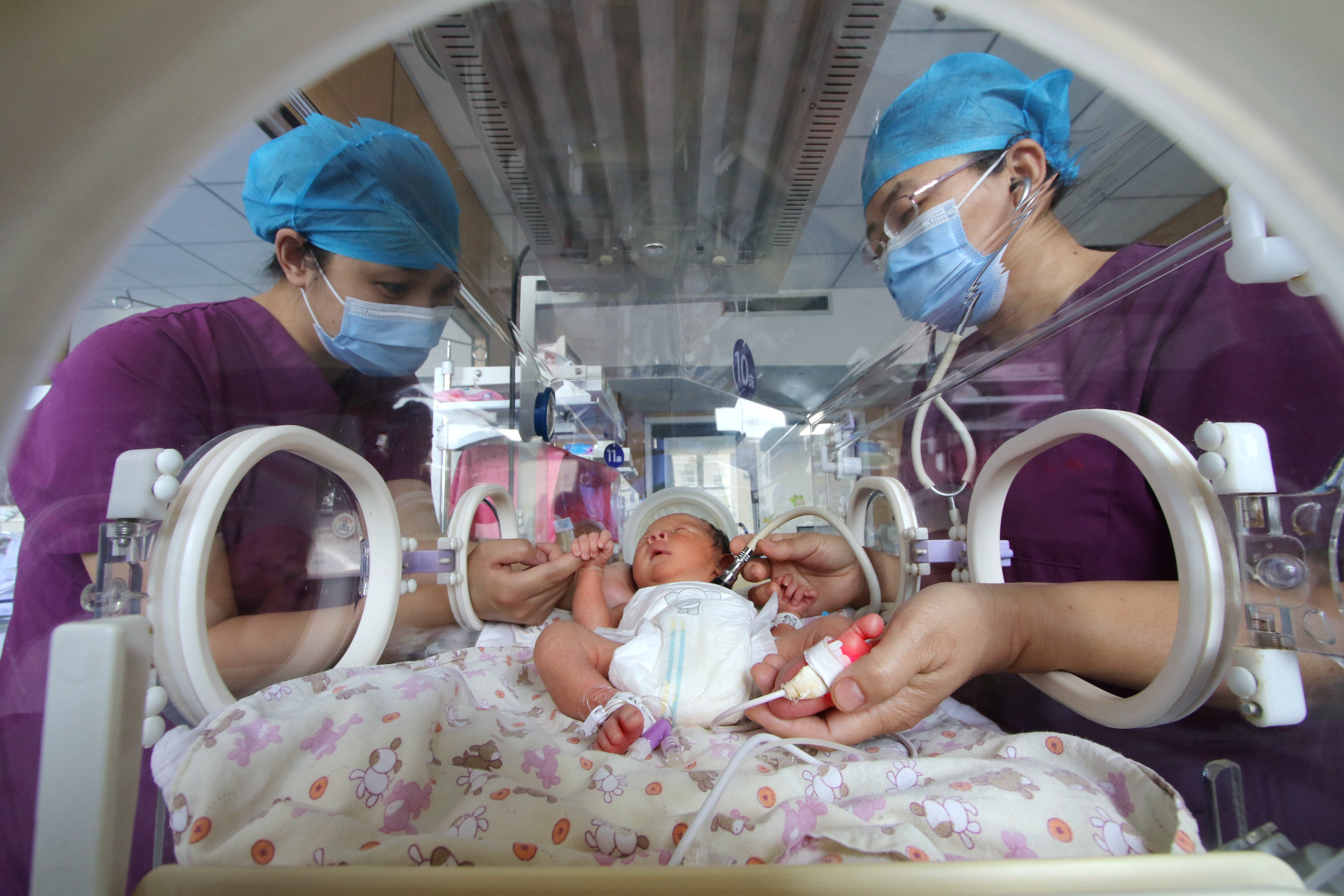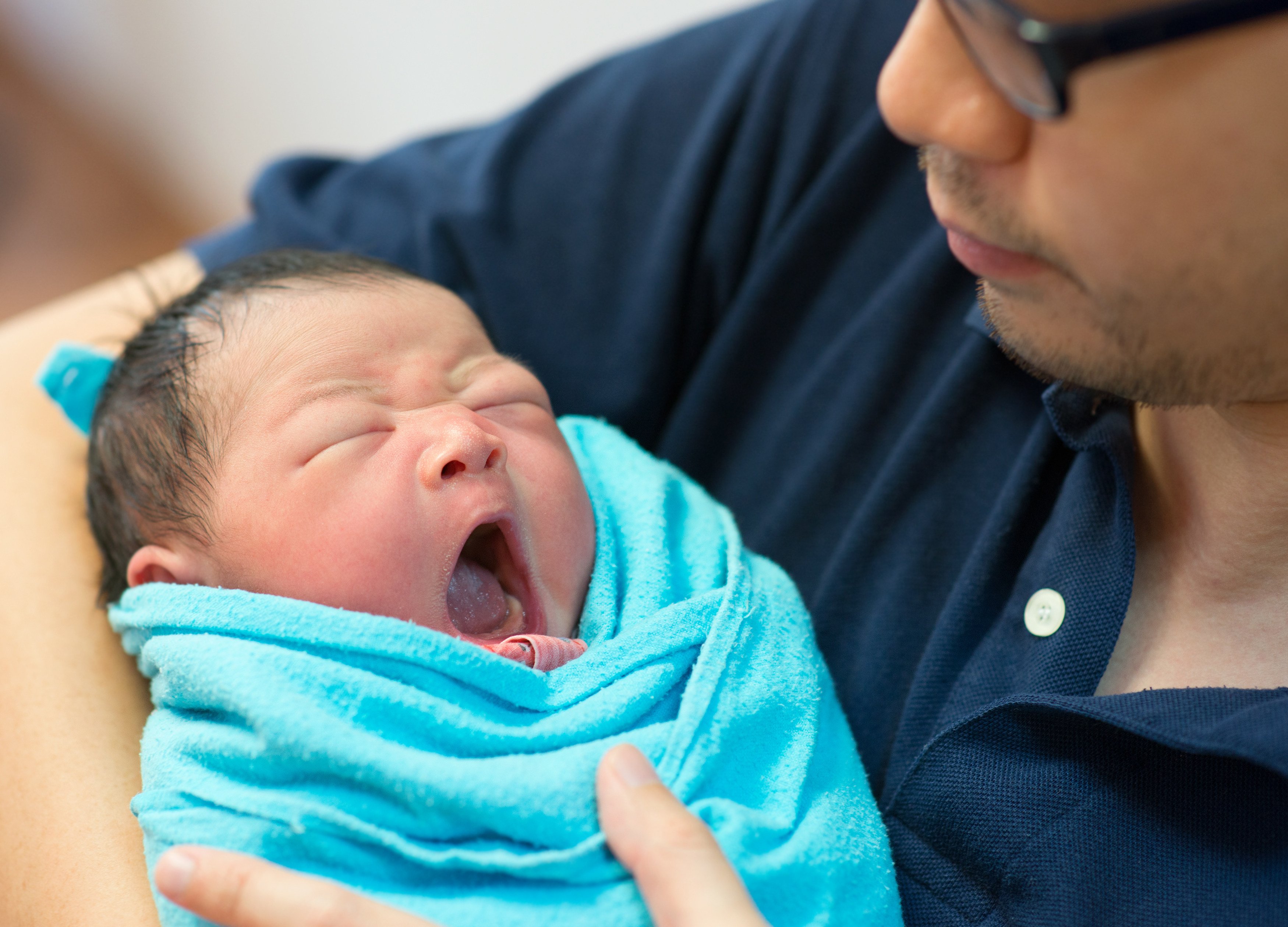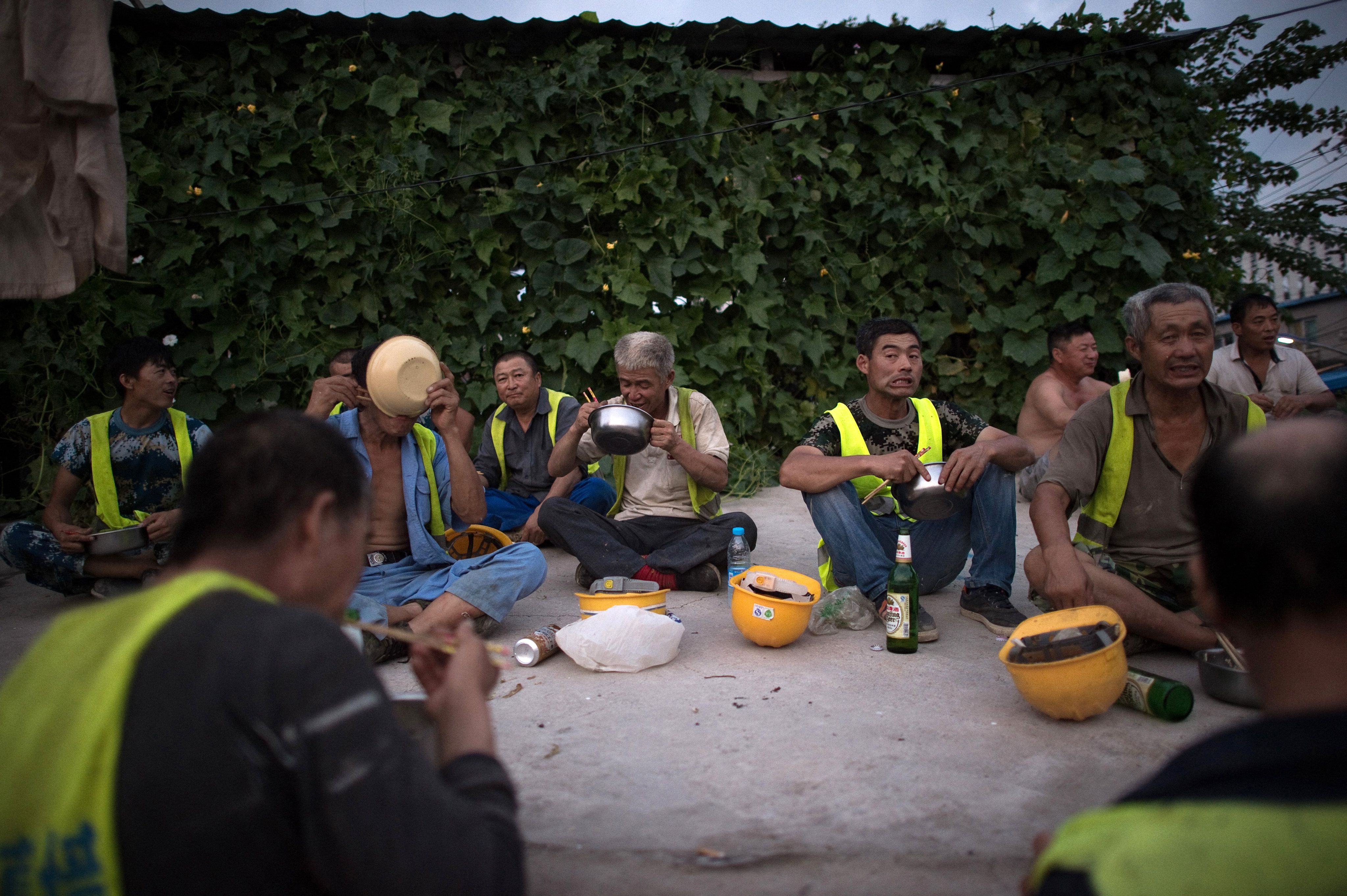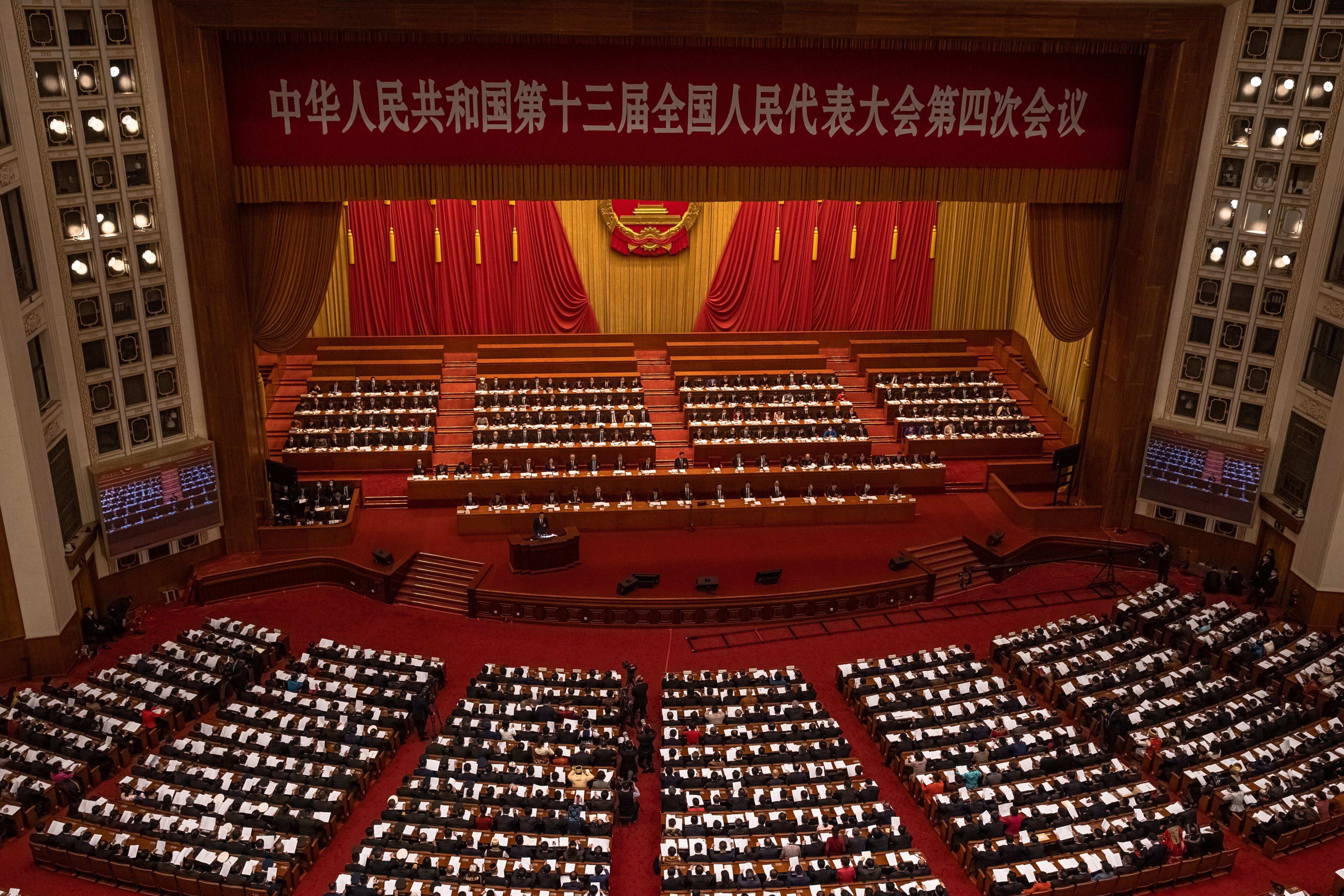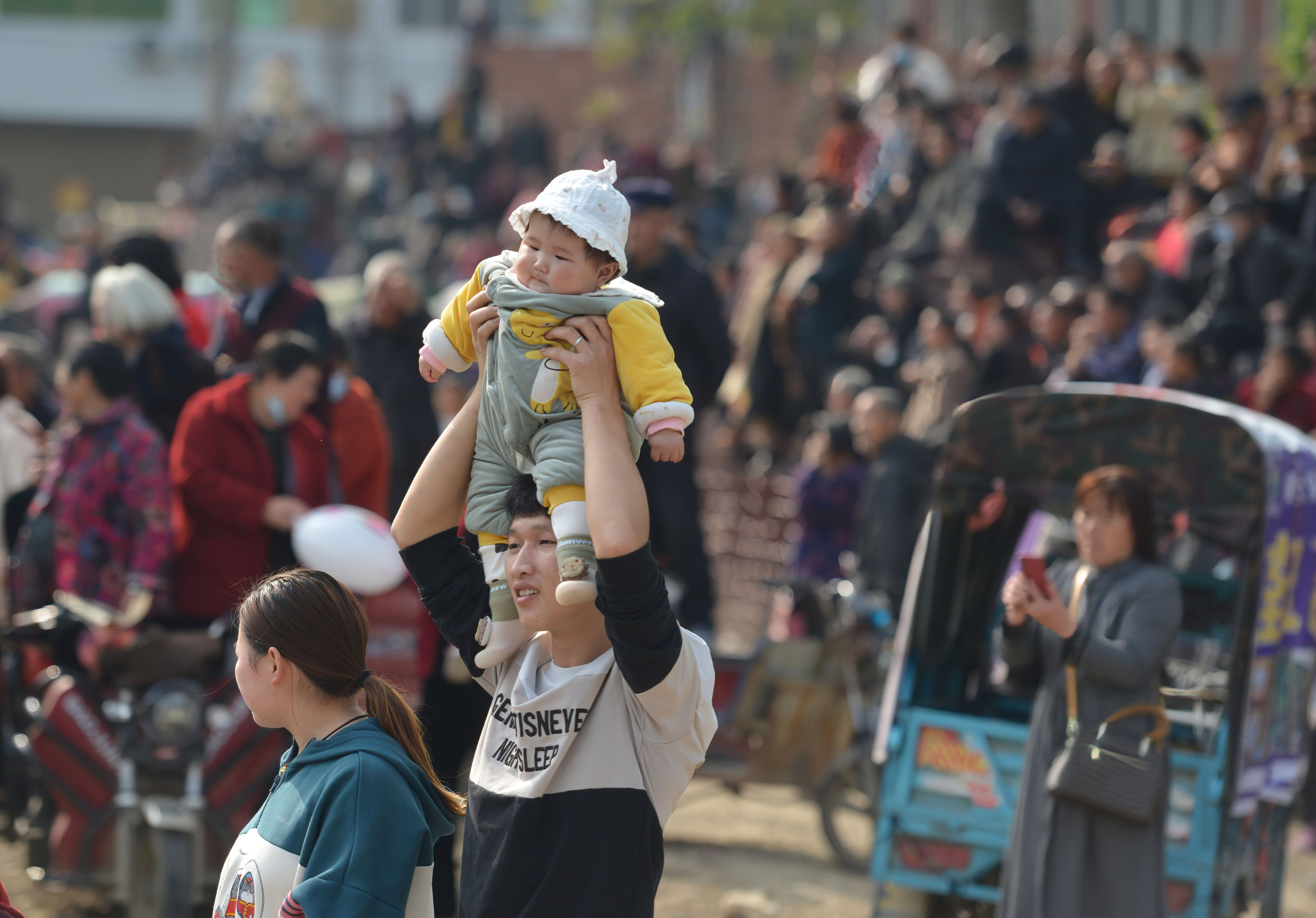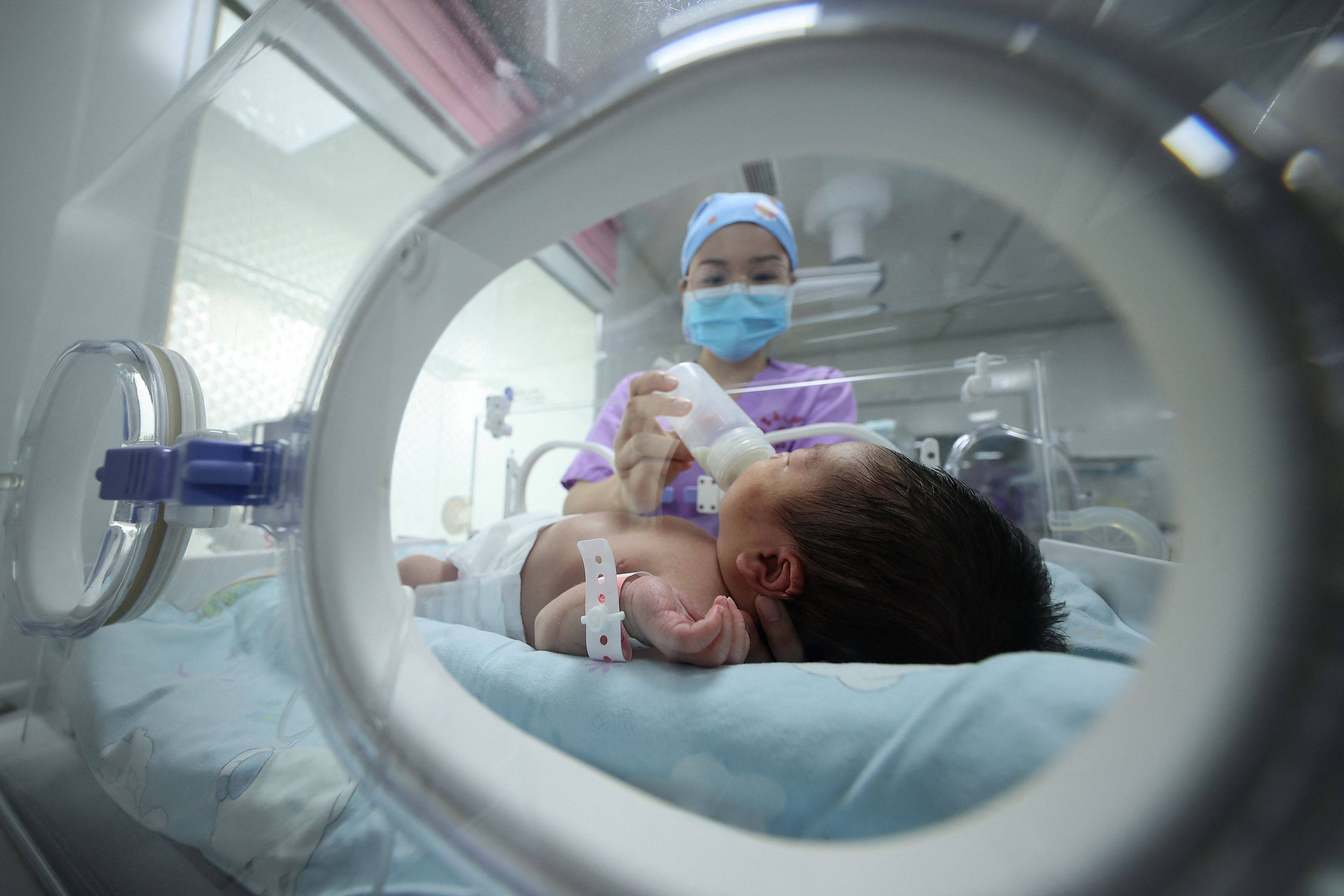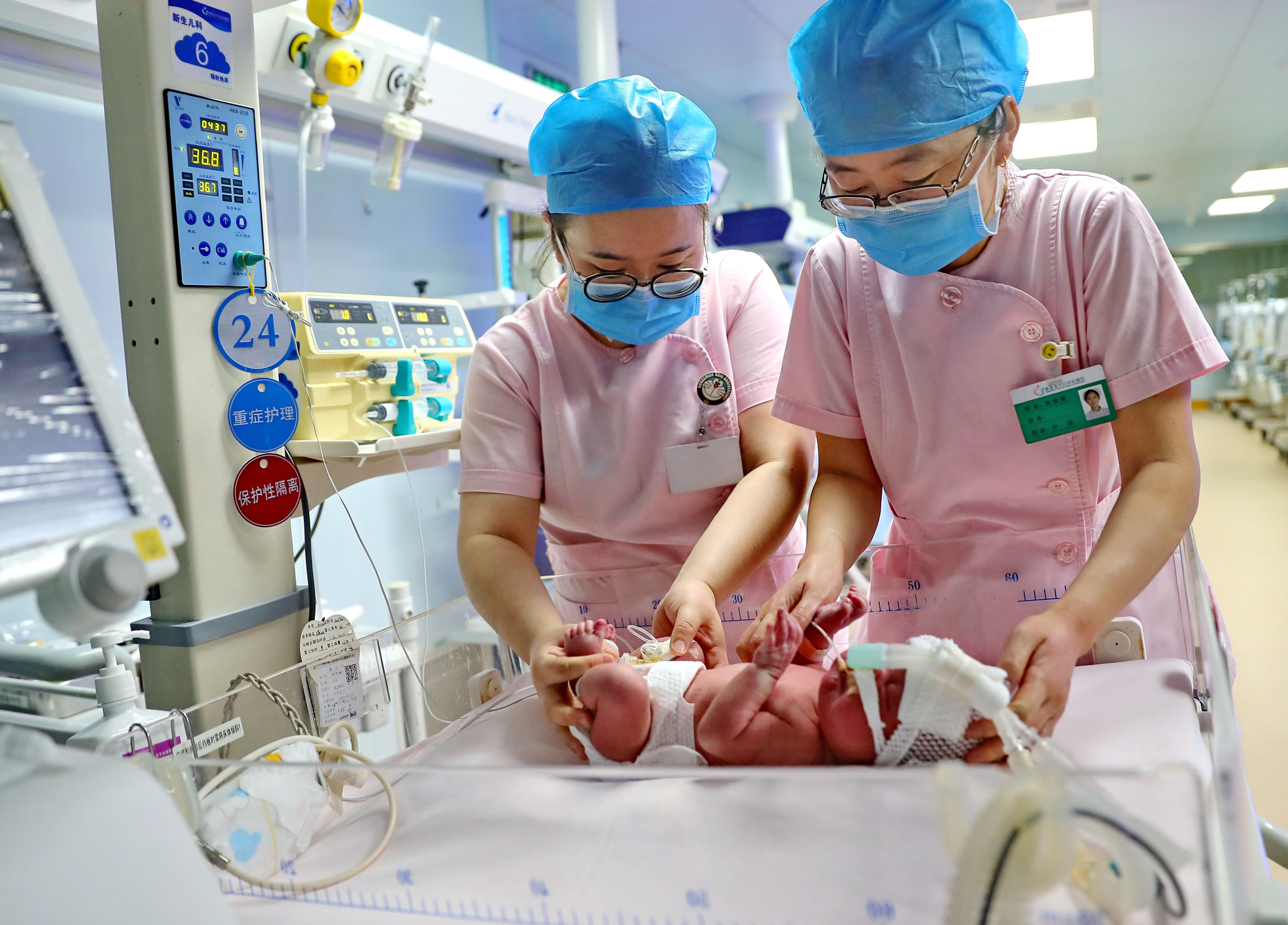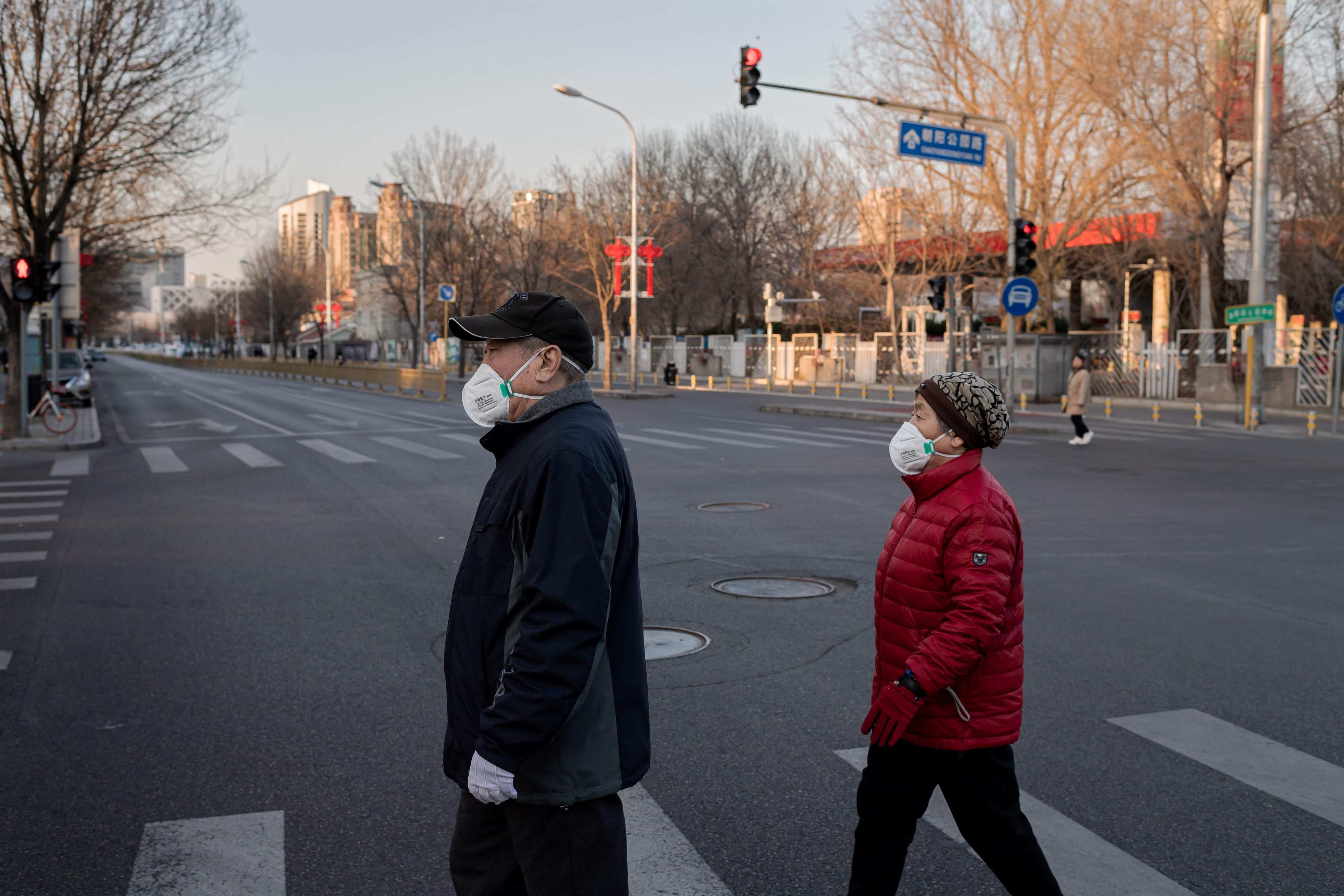Topic
China has woken up to the demographic challenge it faces, but the question remains, can the government do enough to prevent its births ‘falling off a cliff’?
China says its strict birth restrictions helped prevent a ‘population explosion’, but at what cost?
Taken alone, Beijing’s new policy will have limited effect because China’s falling fertility rate is due to a host of social and economic factors.
Companies in Jiangsu can now claim a reimbursement for maternity leave pay provided to employees who have a second and third child, a policy that could help counter discrimination against women.
Property windfall for unlucky in love son sparks debate in China about parents obsessed with marrying off their children no matter the cost amid a huge gender imbalance in the country.
For the first time ever, tax deductions will be available on personal pension contributions, but can people be convinced to carve out a piece of their savings to participate in the coming system?
Cai Fang, with the CASS, also points to an ‘urgent need’ to make basic public services widely available.
In China, men can get married at 22 and women can wed at 20 – a policy in place since 1980, shortly after Beijing implemented its decades-long one-child policy.
Beijing’s population of 21.89 million decreased by about 4,000 last year, while places such as Chengdu added nearly a quarter-million residents – a trend some attribute to rising costs and job uncertainties.
China’s overall population only increased by less than half a million last year to 1.4126 billion, with a social media post earlier this month claiming India’s population had hit 1.415 billion to become the world’s most populous country.
A hospital in China ordered to stop offering gender selection services for would-be parents as gender selection is illegal in China unless there is a medical reason.
Cai Fang, a member of the People’s Bank of China’s monetary policy committee, said it is ‘entirely possible’ that the world’s largest population will peak in 2022.
A range of factors at play, from coronavirus restrictions to the legacy of the one-child policy, observers say.
Benefits such as several months of paid maternity leave and medical coverage are still reserved only for married women.
China’s steep decline in birth rates has sparked growing alarm among officials, but social media users have slammed some solutions offered.
A delegate at the Chinese People’s Political Consultative Conference has called for Beijing to extend the support given to married couples having children to single women for their first child.
Delegates at China’s ‘two sessions’ have raised pronatalist proposals to boost births such as encouraging postgraduate students to get married and greater use of artificial intelligence in education to reduce costs.
China’s rapidly slowing population growth and dwindling fertility rate have set off alarms for urgent measures to be laid out in Beijing’s annual ‘two-sessions’ parliamentary gatherings.
China’s 14th five-year plan on elderly care has highlighted a dire need to improve services for people above 65, while promising to build more facilities for people at the end of their lives and with chronic illness.
Downward trend could continue this year as the pandemic endures, experts say, while broader concerns stretch to the impact of urbanisation on China’s birth rate.
China’s ‘two sessions’ meetings of top leaders begins this year on March 4 in Beijing, and will lay out major policies involving the economy, trade, diplomacy, the environment and more.
Report by YuWa Population Research encourages China to allow foreign nannies as they could reduce costs for a family by 60 per cent, boosting an ailing population by 200,000 births a year.
With an eye on increasing China’s self-sufficiency in grain production, its minister of agriculture and rural affairs has sounded the alarm on risks to its wheat output while calling for greater soybean harvests.
Heilongjiang’s population has plummeted by 16 per cent, or 6.46 million, from a decade ago, according to data from China’s 2020 census. Though severe, the decline is indicative of broader demographic challenges facing the nation.
Balancing for China’s national pension system started on January 1 for the corporate employees pension fund to ‘allow shortfalls to be compensated by surpluses nationwide’, deputy finance minister Yu Weiping said.
The State Council’s decision is the latest move by Beijing to cope with a population crisis fuelled by the nation’s falling birth rate, rapidly greying population and dwindling workforce.
A total of 16 medical services using assisted reproductive technologies will be covered by Beijing’s state insurance from next month after China’s birth rate dropped to a record low in 2021.
Falling numbers of marriage registrations in several provinces further complicate China’s plans to encourage more couples to have children amid its ongoing population crisis.
Some say institutional changes to controversial policies are long overdue, as China looks to adapt to the reproductive needs and rights of its people, but ethical concerns remain.
Amend outdated law that does not recognise dual citizenship, to attract talent and ease population crisis, demographer suggests.
China is prioritising elderly care as its population rapidly ages, putting pressure on the medical system and threatening to weigh on economic growth.




















